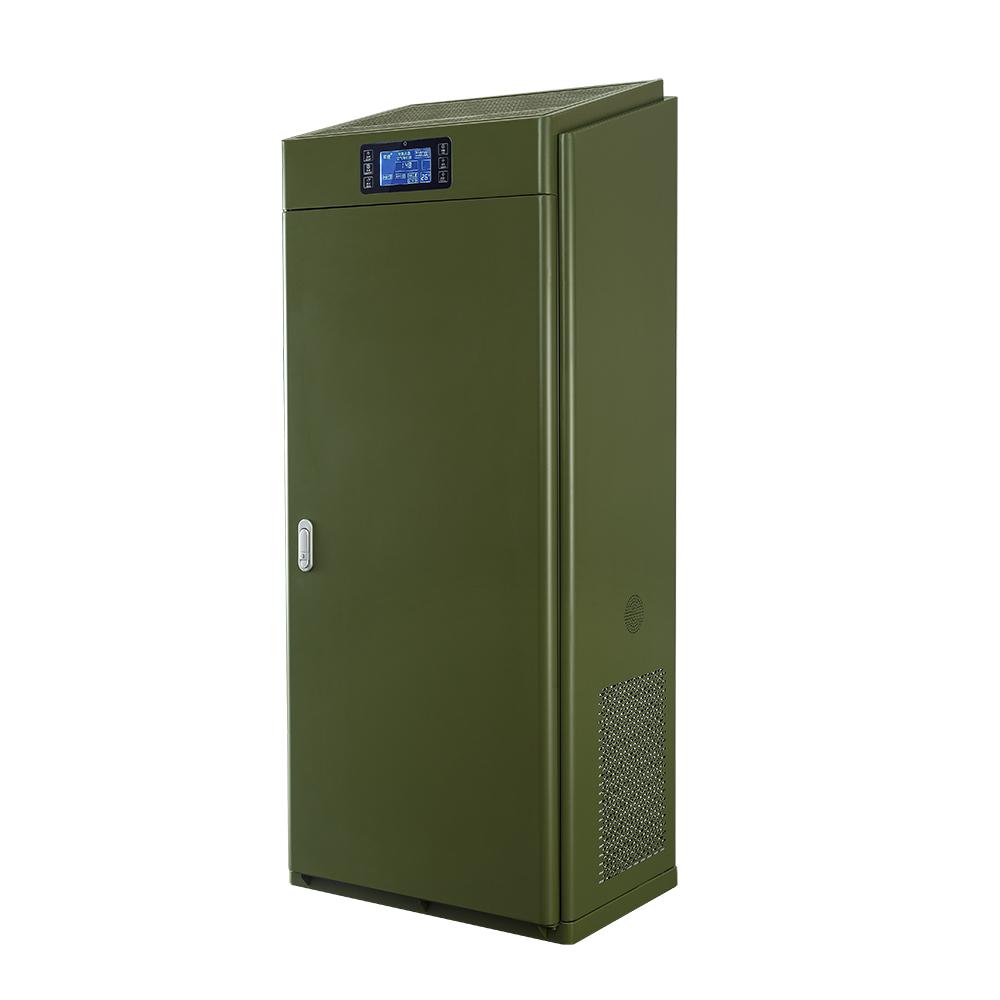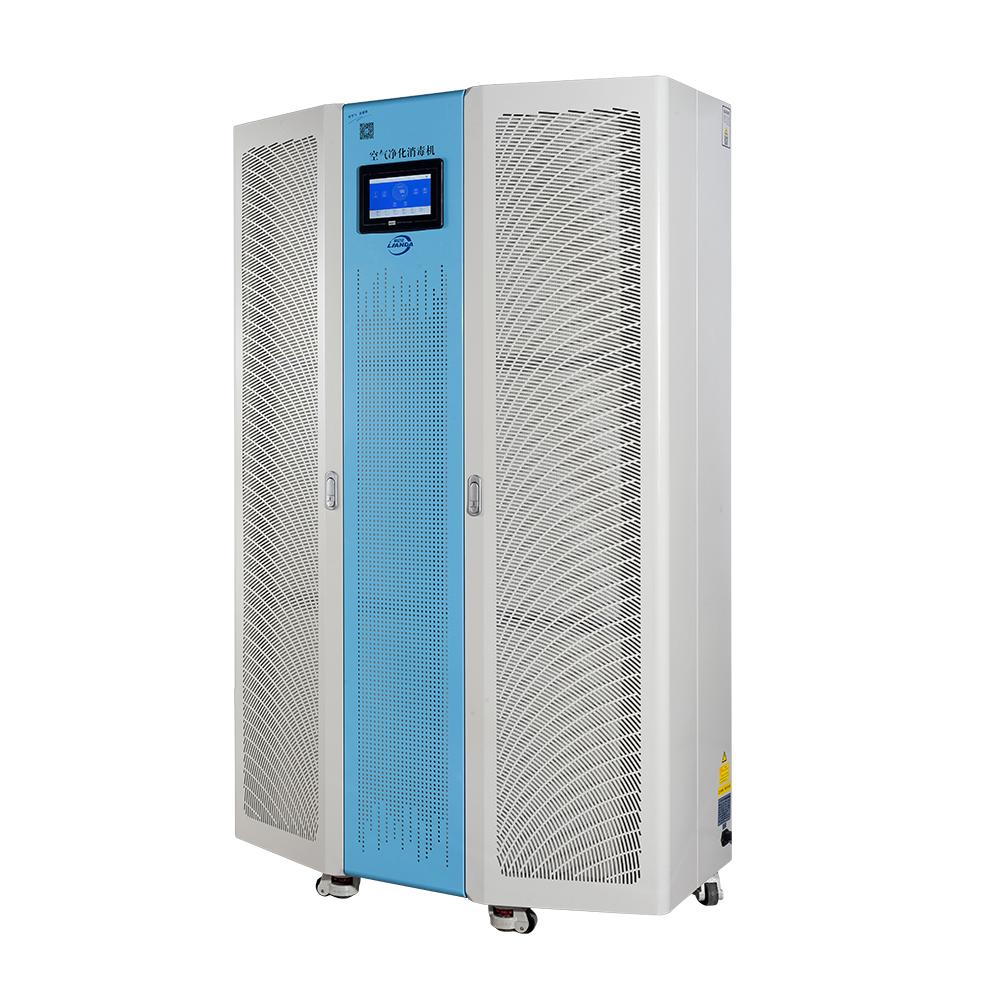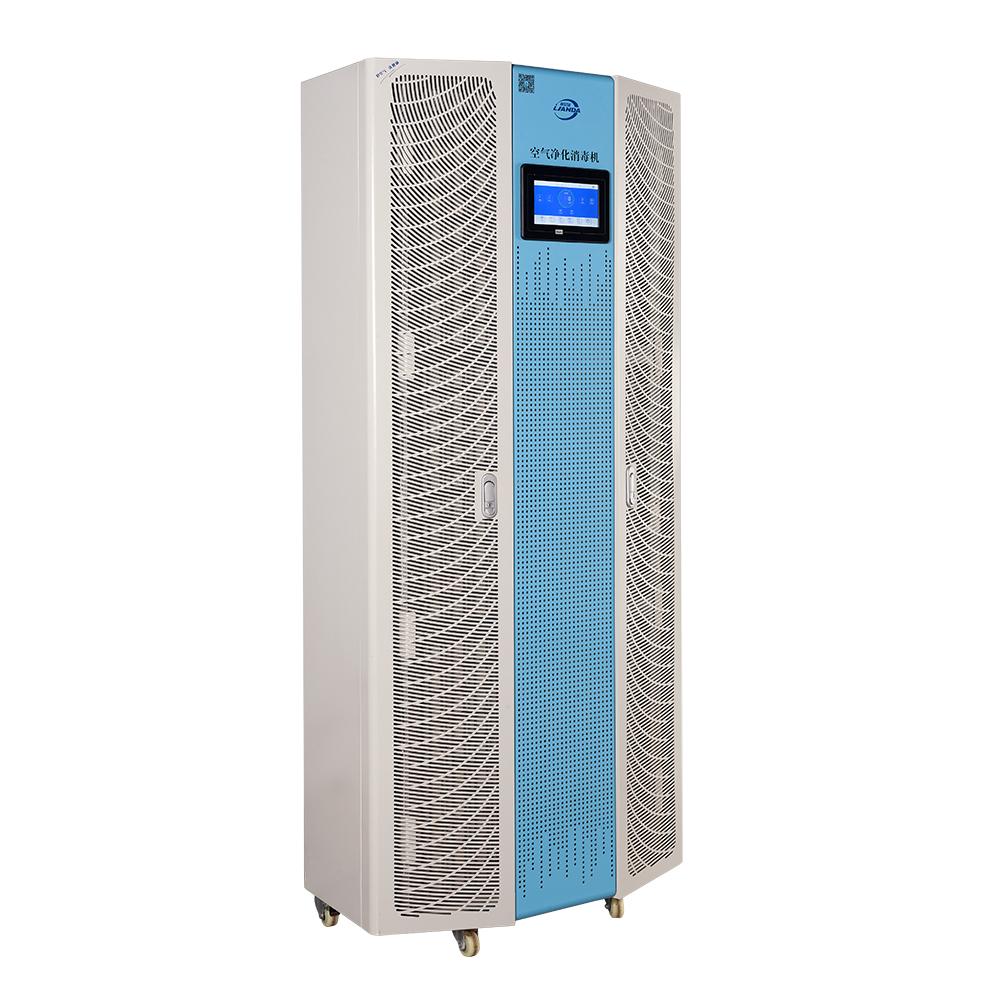Autumn is coming - common respiratory diseases and preventive measures
With the arrival of autumn, the temperature gradually drops and the weather becomes dry. The changes in this season often cause some respiratory diseases. In this case, it is particularly important to understand common respiratory diseases and their preventive measures.
Common respiratory diseases
Cold: A cold is an upper respiratory tract infection caused by a virus, usually manifested by runny nose, sore throat, cough, sneezing and low fever. The temperature changes greatly in autumn, and people are prone to colds.
Influenza: The influenza virus spreads rapidly in autumn and winter, and symptoms include high fever, headache, muscle pain, general fatigue, etc. Influenza is highly contagious and easy to spread among the crowd.
Allergic rhinitis: In autumn, the number of allergens such as pollen and dust mites in plants increases, causing the symptoms of allergic rhinitis patients to worsen, often manifested as nasal congestion, runny nose, sneezing, etc.
Bronchitis: Bronchitis is often caused by viral or bacterial infection. The dry climate and sudden drop in temperature in autumn can easily increase the incidence of this disease. It manifests as cough, shortness of breath, chest pain, etc.
Pneumonia: The temperature change and lower air humidity in autumn may also lead to pneumonia, especially for the elderly and people with underlying diseases.
Preventive measures
Enhance immunity: Maintaining a regular schedule, a balanced diet and moderate exercise can enhance the body's immunity and help resist the invasion of respiratory diseases. You can eat more foods rich in vitamin C and zinc, such as fruits, vegetables and nuts.
Maintain good hygiene habits: Washing hands frequently is an important measure to prevent respiratory diseases. Especially after going out or contacting public facilities, be sure to wash your hands with soap and water, and avoid touching your face with your hands to reduce the chance of spreading germs.
Get vaccinated in time: The flu vaccine can effectively prevent the occurrence of influenza, especially for the elderly and children. Vaccination is an important measure to prevent influenza. It is recommended to get vaccinated before the arrival of autumn.
Pay attention to weather changes: The temperature in autumn is changeable. It is necessary to add or remove clothes in time to keep the body warm, especially when the temperature difference between morning and evening is large, to prevent the occurrence of colds.
Maintain air circulation and humidity: Maintain good ventilation at home, open windows regularly for ventilation, use humidifiers to maintain appropriate indoor humidity, and reduce the concentration of pathogens in the air.
Avoid crowded places: During the high-incidence season of diseases such as influenza, try to avoid crowded places, especially in areas with severe epidemics. If not necessary, do not attend large gatherings.
Use air sterilizer: Using a medical-grade air sterilizer can not only remove particulate pollutants in the air, but more importantly, it can detect and kill bacteria and viruses in the air, greatly reducing the source of infection, and can effectively prevent diseases such as coughs, colds, and pneumonia.
Although autumn is a season of harvest, it is also a high-incidence period for various respiratory diseases. By understanding common respiratory diseases and their prevention measures, we can better protect the health of ourselves and our families and spend this beautiful season happily. Let us work together to welcome a healthy autumn!





